In industrial production, pharmaceutical systems, petrochemical projects, and irrigation systems, pipes often accumulate oil, rust, and organic deposits during processing, transportation, and use. If not promptly removed, this not only reduces pipeline efficiency but can also lead to corrosion, blockage, and product contamination. Therefore, pipeline degreasing (degreasing) is a crucial process for ensuring pipeline cleanliness and extending its service life.
This article will systematically introduce common degreasing methods and processes, drawing on practical examples of carbon steel pipes, stainless steel pipes, and agricultural irrigation pipes.
1. Why Degreasing Pipelines?
Preventing Corrosion: Grease and oxides coat metal surfaces, hindering the formation of a passive film and accelerating corrosion.
Ensuring Process Safety: In oxygen pipelines and pharmaceutical water systems, grease residue can cause combustion or microbial growth.
Improving Transmission Efficiency: Removing sediment, dirt, and pesticide residue prevents pipeline blockage and maintains fluid flow.
Preparing for Subsequent Processes: For example, degreasing is essential before pickling, passivation, or electroplating to ensure an effective surface treatment.
2. Common methods for Pipe Degreasing removal
2. 1Alkaline solution degreasing
Alkaline solution degreasing is one of the most widely used methods in industrial production. A common formula is to add 20g-30g of sodium hydroxide, 35g-50g of sodium nitrate, and 3g-5g of sodium silicate per liter of solution. The solution must be heated to 70°C-80°C and the pipes immersed for 10-40 minutes, depending on the severity of the oil contamination. Treatment effectiveness can be verified in various ways, such as wiping the surface with white filter paper for a clean, undamaged surface; steam purging to observe any residual oil in the condensate; or ultraviolet light inspection; the absence of fluorescence indicates complete degreasing.
2. 2Organic Solvent Degreasing
Organic solvent degreasing is suitable for stainless steel pipes or small-diameter pipes in pharmaceutical water systems. Common solvents include denatured alcohol and dichlorodifluoromethane (CCl₂F₂). During this procedure, soak the pipe for approximately 10 minutes, turning it over several times to ensure that the oil inside is fully dissolved. Remove the pipe and blow it dry thoroughly with oil-free compressed air or nitrogen. It is important to completely remove any residual solvent to avoid adverse effects on subsequent processes or the operating environment.
2.3High-Pressure Water Rinse
Water Pressure: Typically 0.8 MPa.Application: Performed between degreasing, pickling, and passivation processes to ensure complete removal of residual chemicals.
Requirement: Rinse water for stainless steel should be deionized or low-chloride water (chloride ion ≤ 25 ppb).
2.4 Pickling and degreasing (acidic chemical cleaning)
Pickling and degreasing (acidic chemical cleaning) is commonly used for surface treatment of carbon steel and stainless steel welds. Commonly used acids include sulfuric acid (concentration of 5% to 10%, temperature of 60°C to 80°C, soaking for 5 to 20 minutes) and hydrochloric acid (concentration of 5% to 20%, temperature of 20°C to 50°C, soaking for 5 to 20 minutes). This method can effectively remove scale and rust, restoring the metal surface to a smooth finish. However, neutralization and passivation must be performed immediately after cleaning to prevent secondary corrosion.
2.5. Neutralization and Passivation
Neutralization Solution: Adjust pH to 10-11 with ammonia (NH₄OH) and soak at room temperature for 3 minutes.
Passivation Solution: 8%-10% NaNO₂, 2% NH₄OH, soak at room temperature for 10 minutes.
Purpose: Form a protective film on the metal surface to enhance corrosion resistance.
3. Key Points for Degreasing Pipes of Different Materials
Process: Degreasing → Water Rinsing → Pickling → Water Rinsing → Neutralization → Passivation → Water Rinsing → Drying.
Advantages: Bright interior surface, maintaining cleanliness for over two months.
Commonly used in pharmaceutical water and the food industry.
Flushing with low-chloride water is essential to prevent chloride ion corrosion.
Passivation is crucial; unpassivated stainless steel welds are susceptible to corrosion within a year.
Irrigation Pipes
Main Contaminants: Calcium and magnesium salt deposits, algae, bacteria, and pesticide residues.
Common Method: Flushing with a pipe degreaser removes carbonate scale and organic slime, restoring water flow.

4.Summary
Pipeline degreasing methods primarily include alkaline solution degreasing, organic solvent degreasing, high-pressure water flushing, pickling, neutralization, and passivation. While process requirements vary for pipes of different materials and application scenarios, the goal remains the same: to remove oil and sediment, restore the pipe surface to a clean state, and ensure safe operation and longevity.
When selecting a degreasing method, it's important to consider the pipe material, operating environment, and cleaning requirements. Furthermore, strict operating standards and testing methods must be adhered to to ensure effective and long-term pipeline degreasing.






 English
English Español
Español بالعربية
بالعربية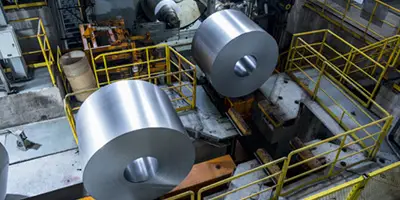
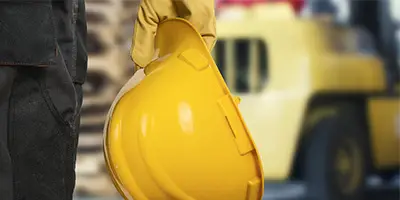
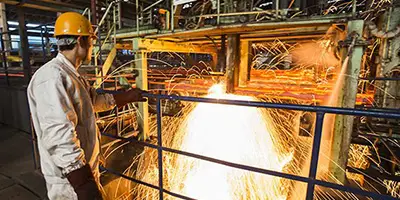
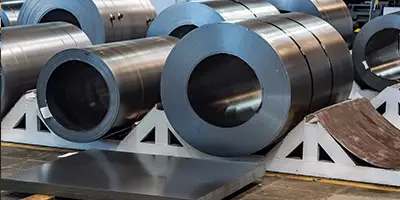

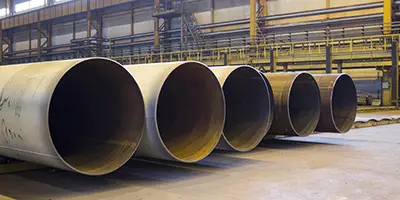
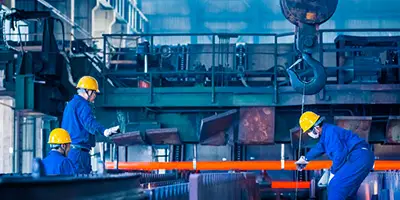
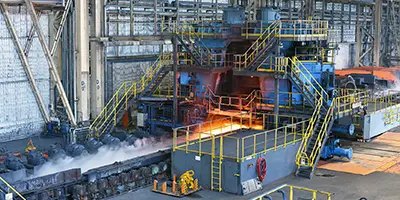
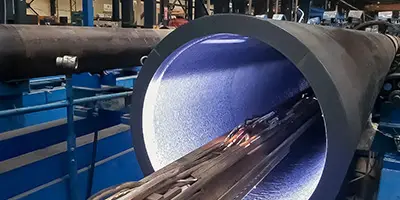
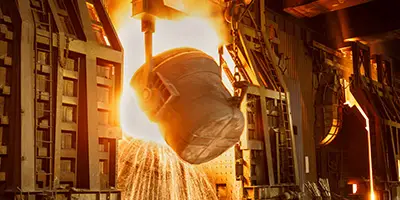
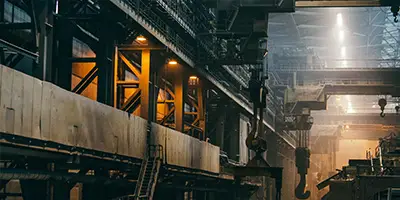

 Phone :
Phone :  Whatsapp :
Whatsapp :  Email :
Email : 


